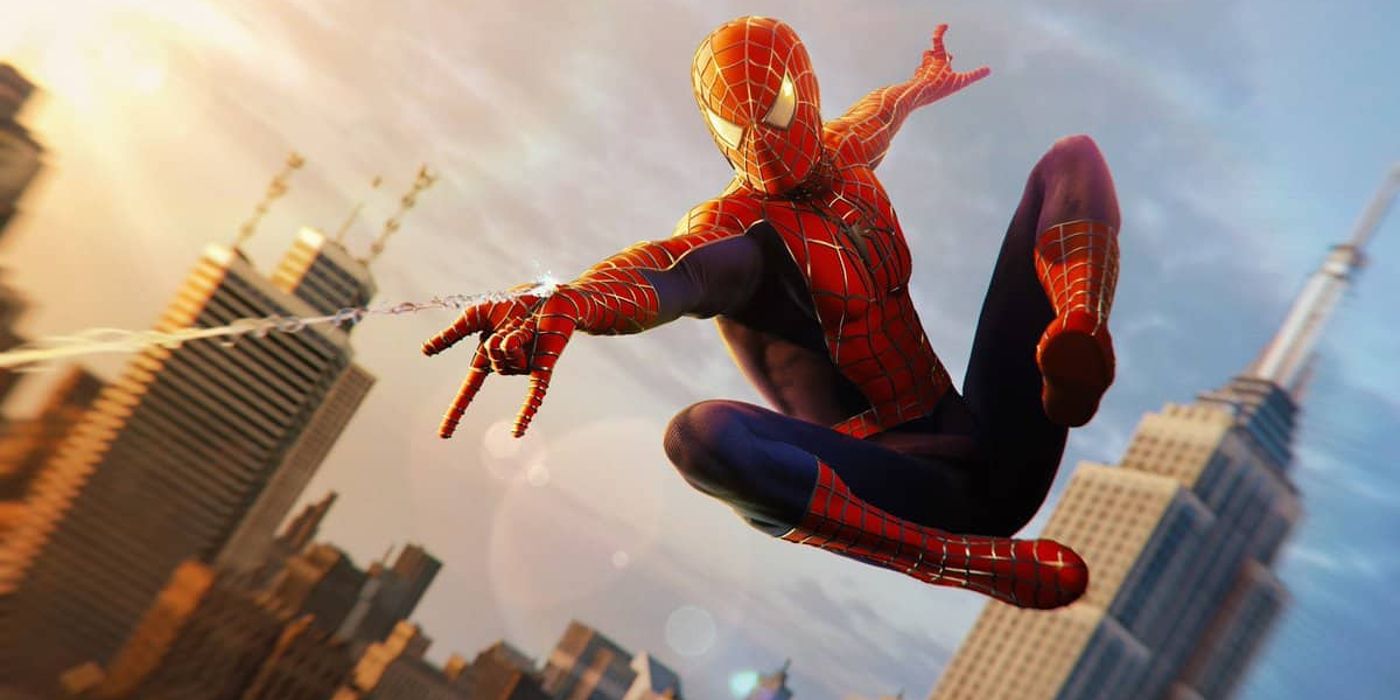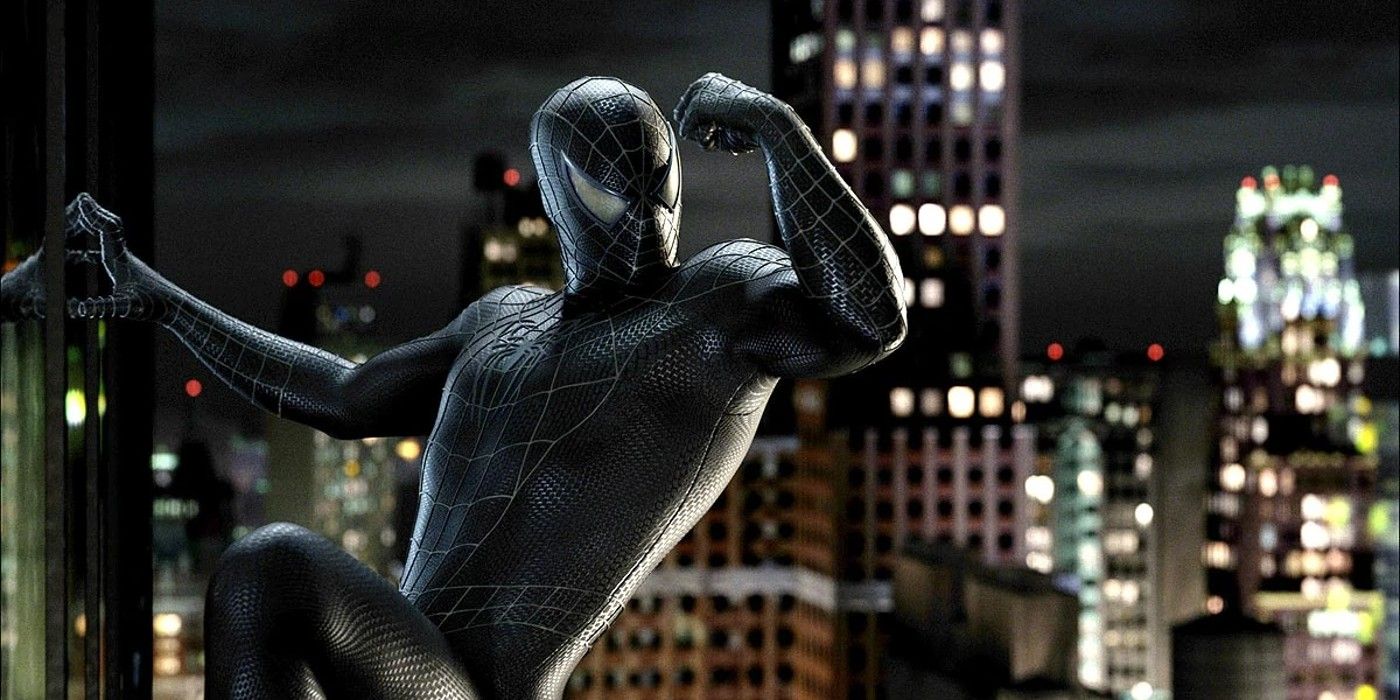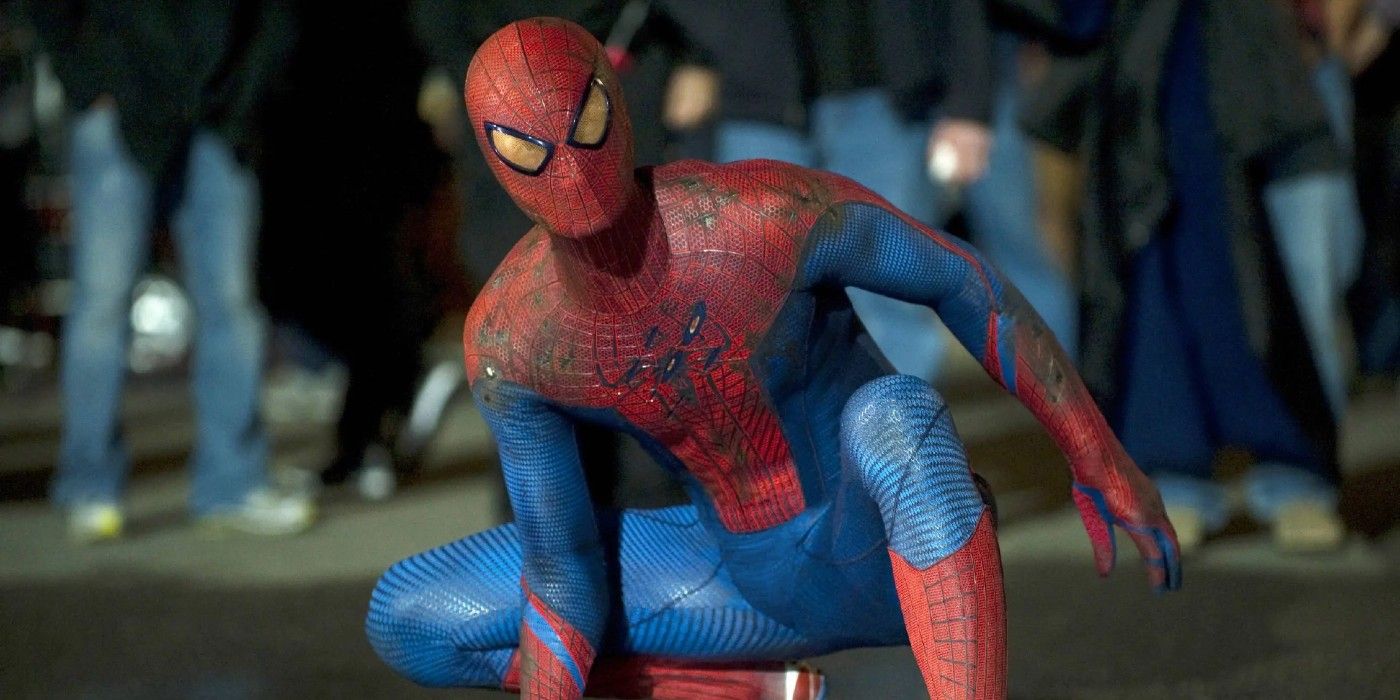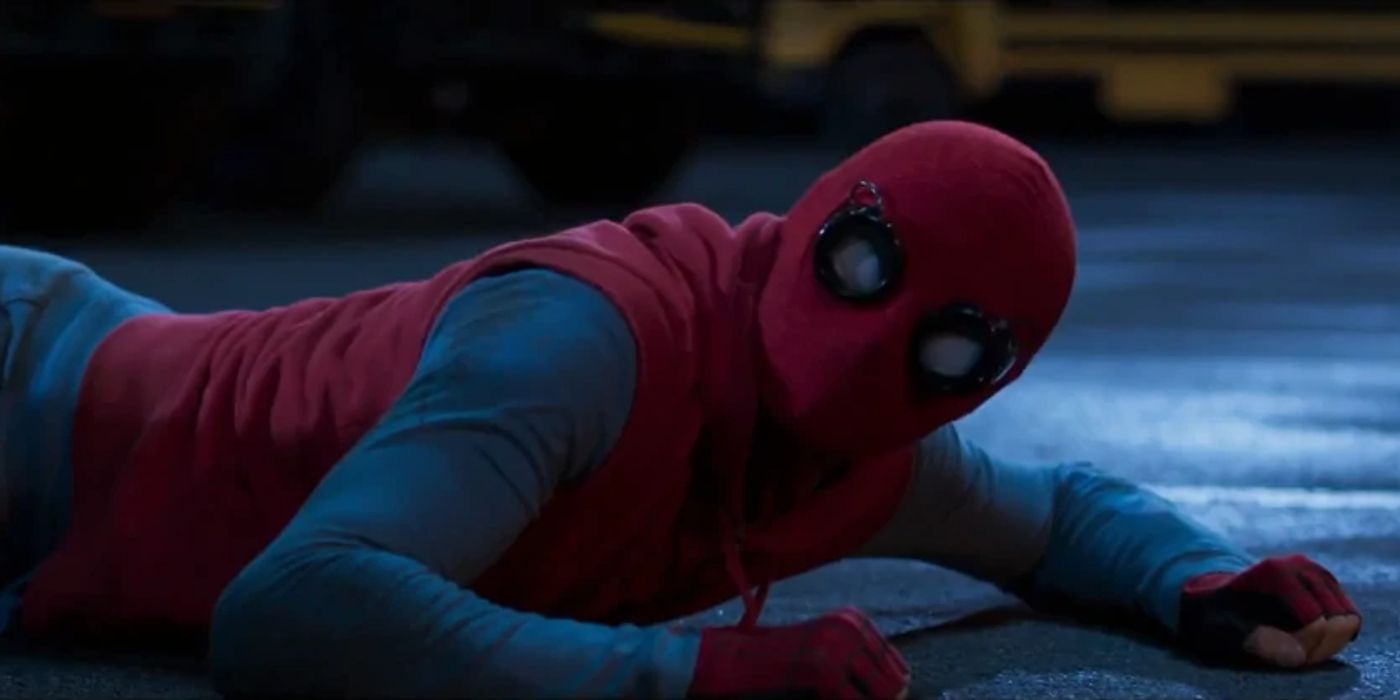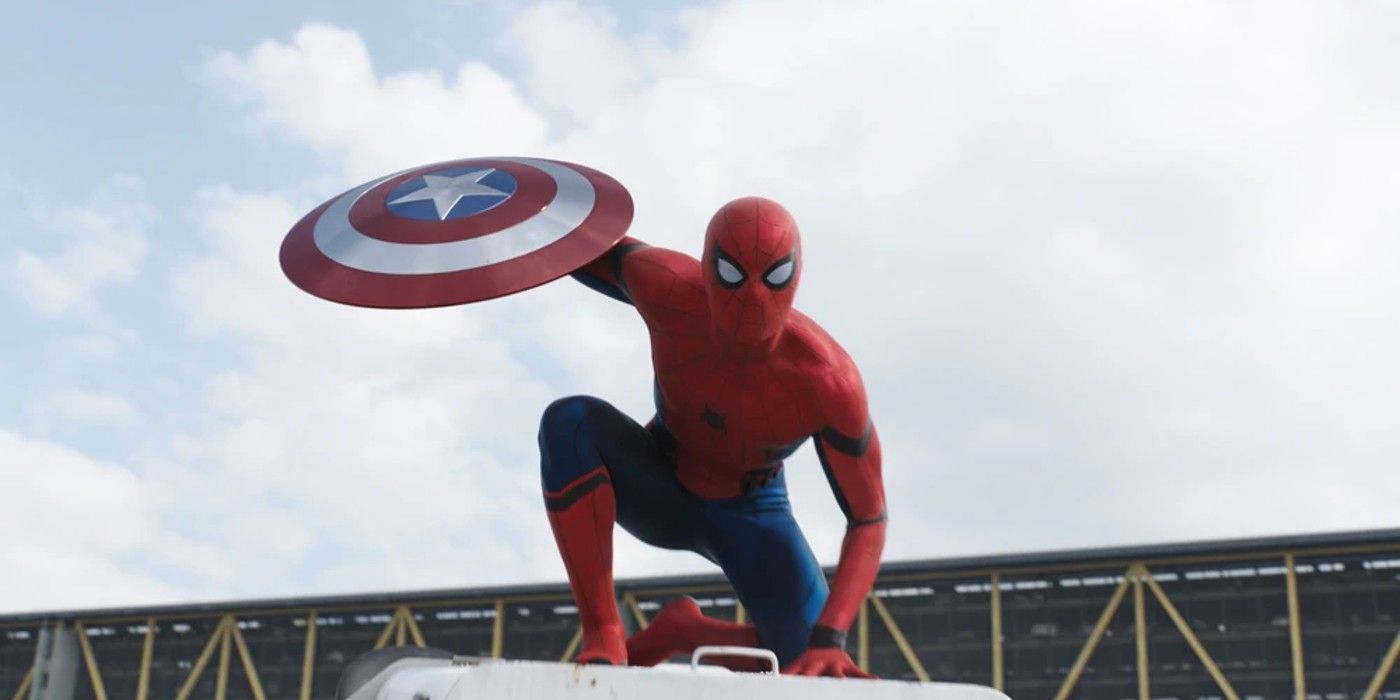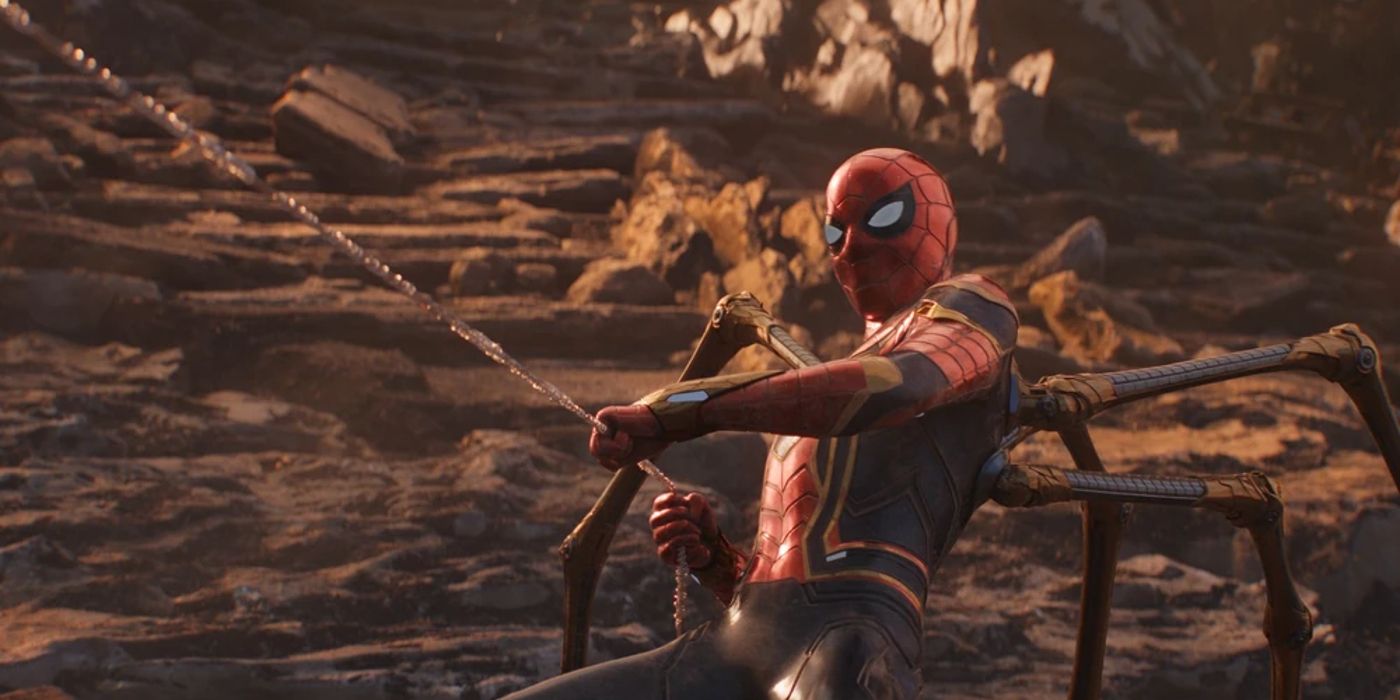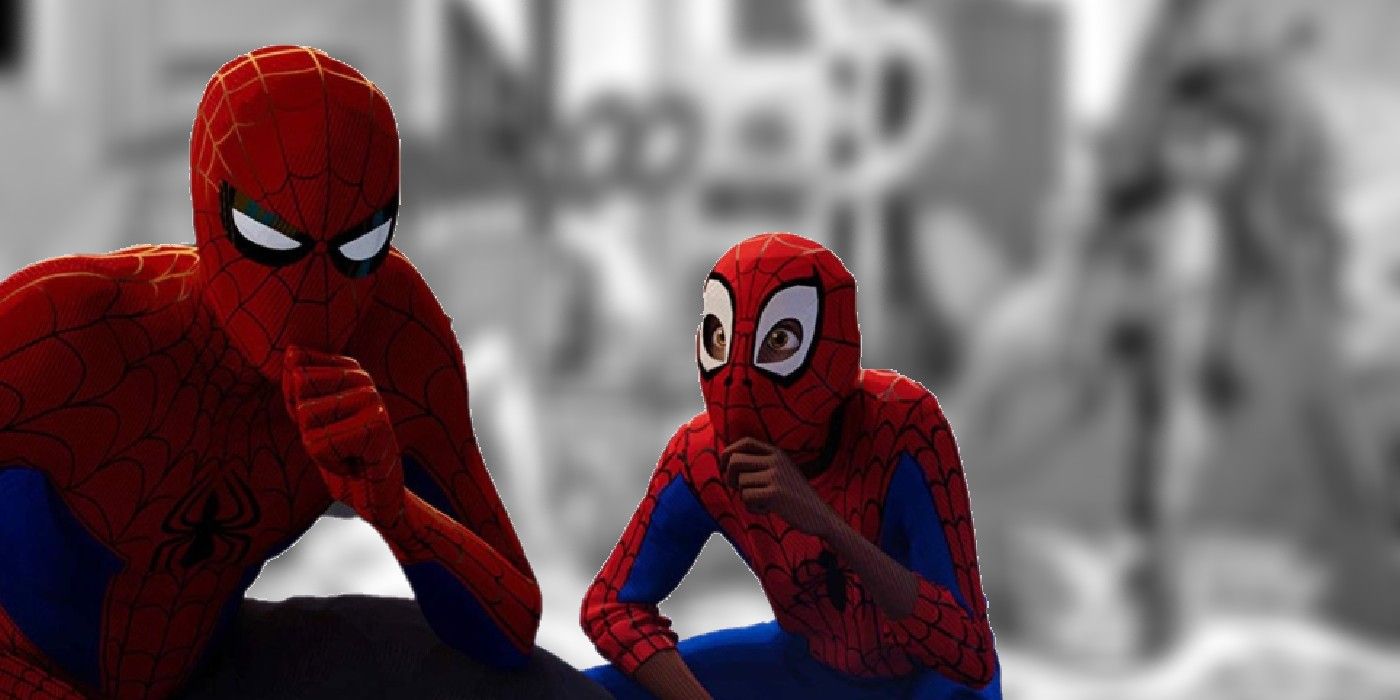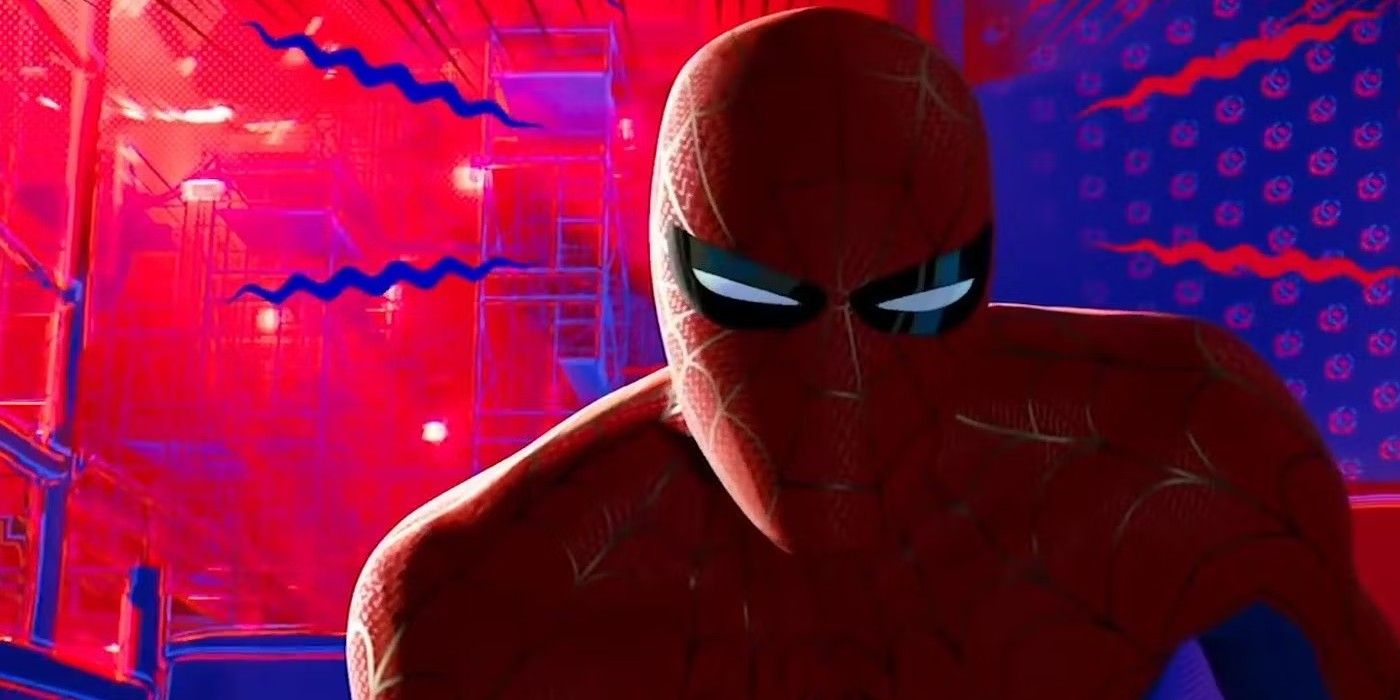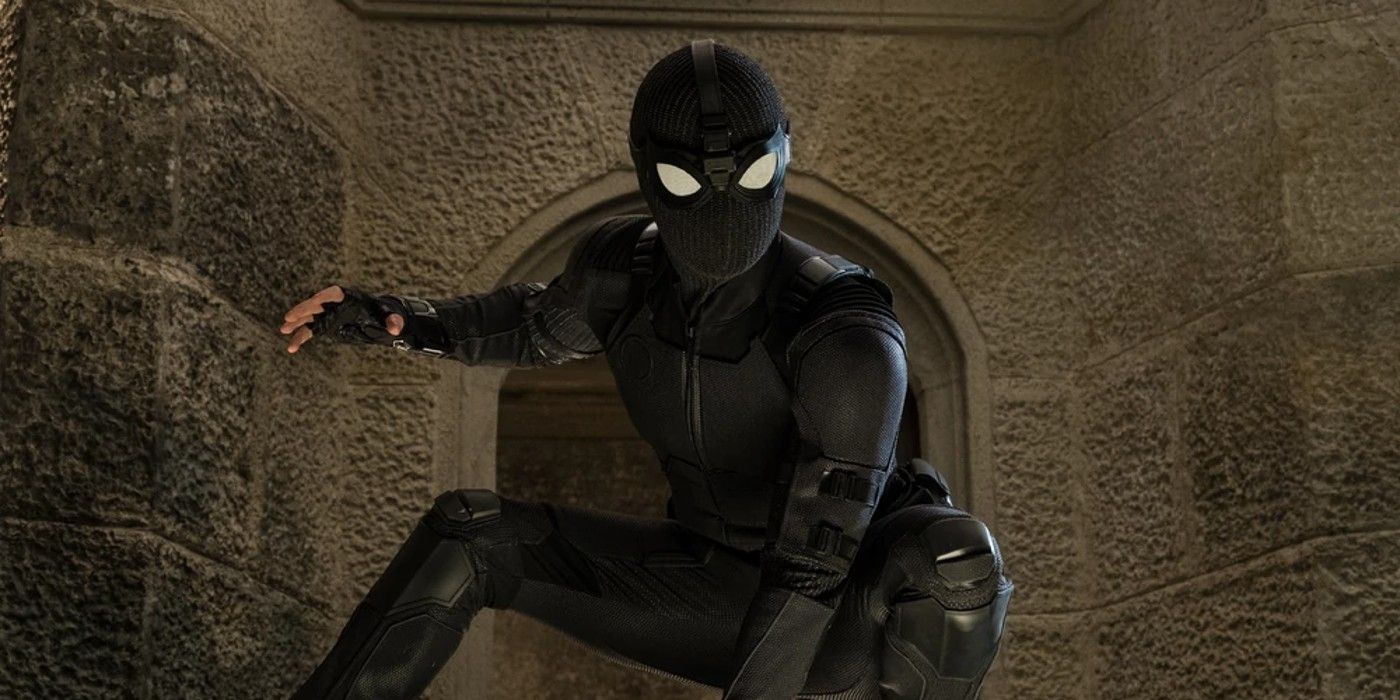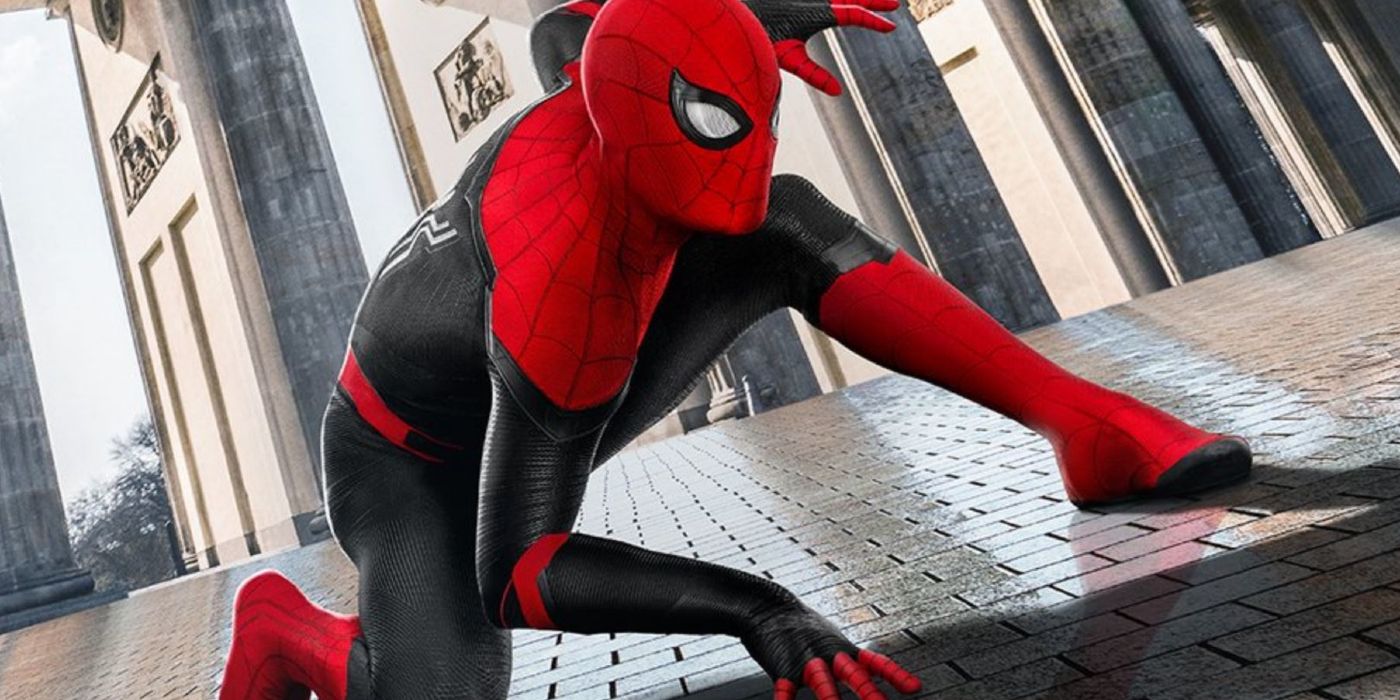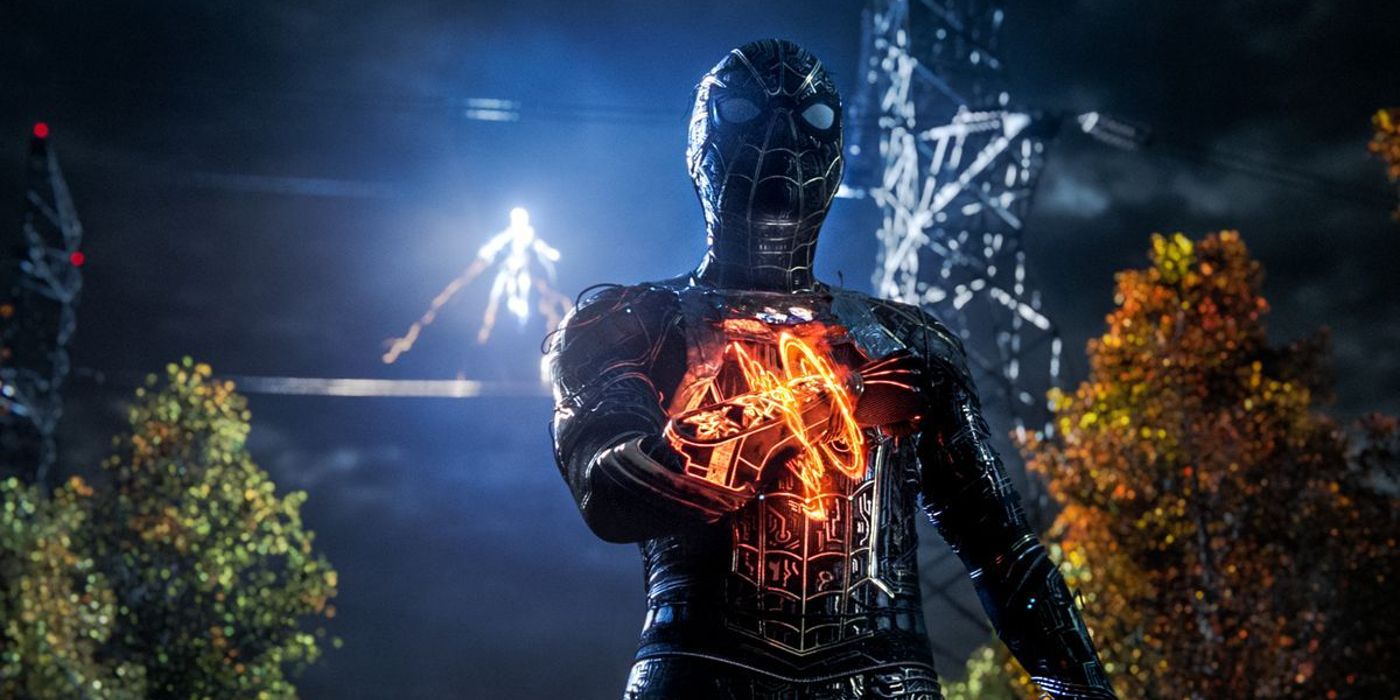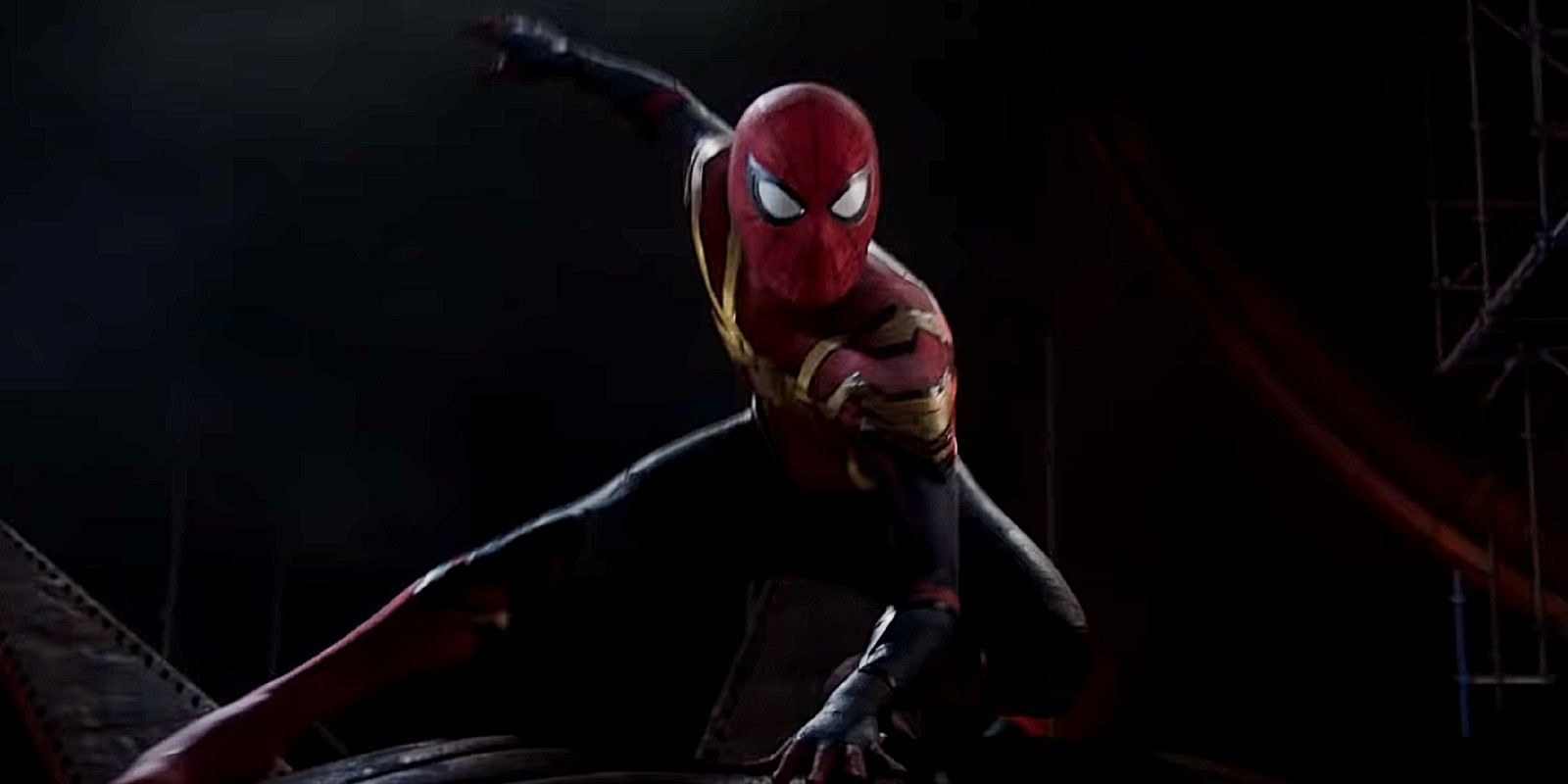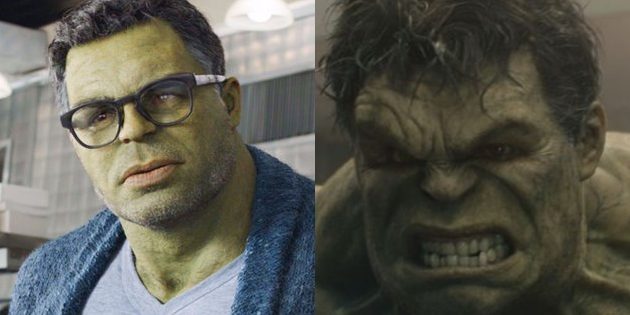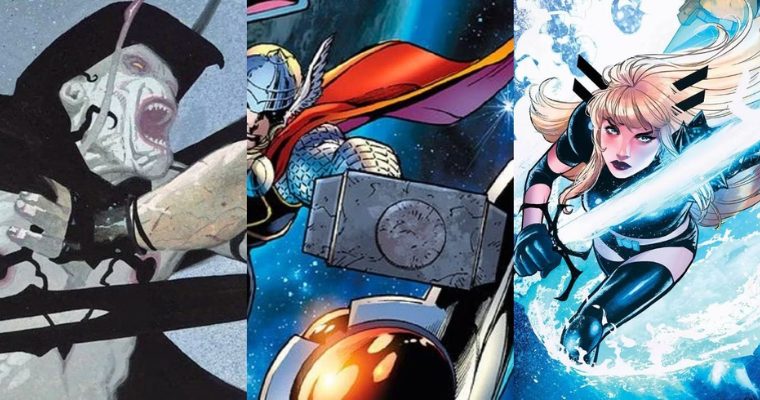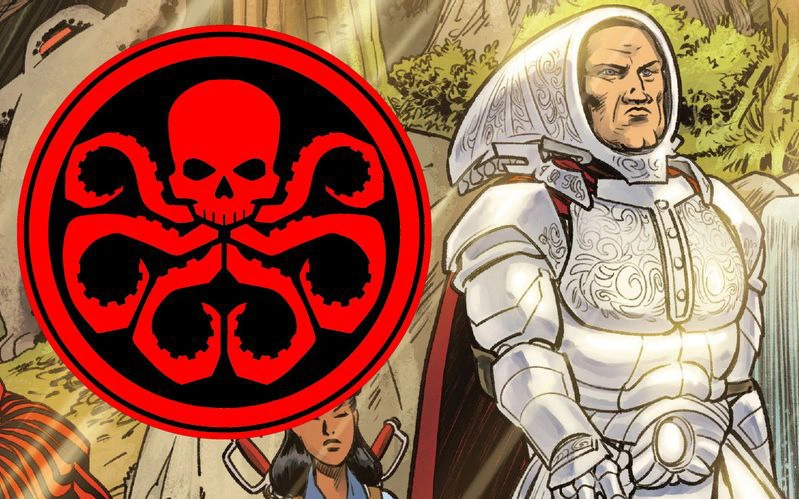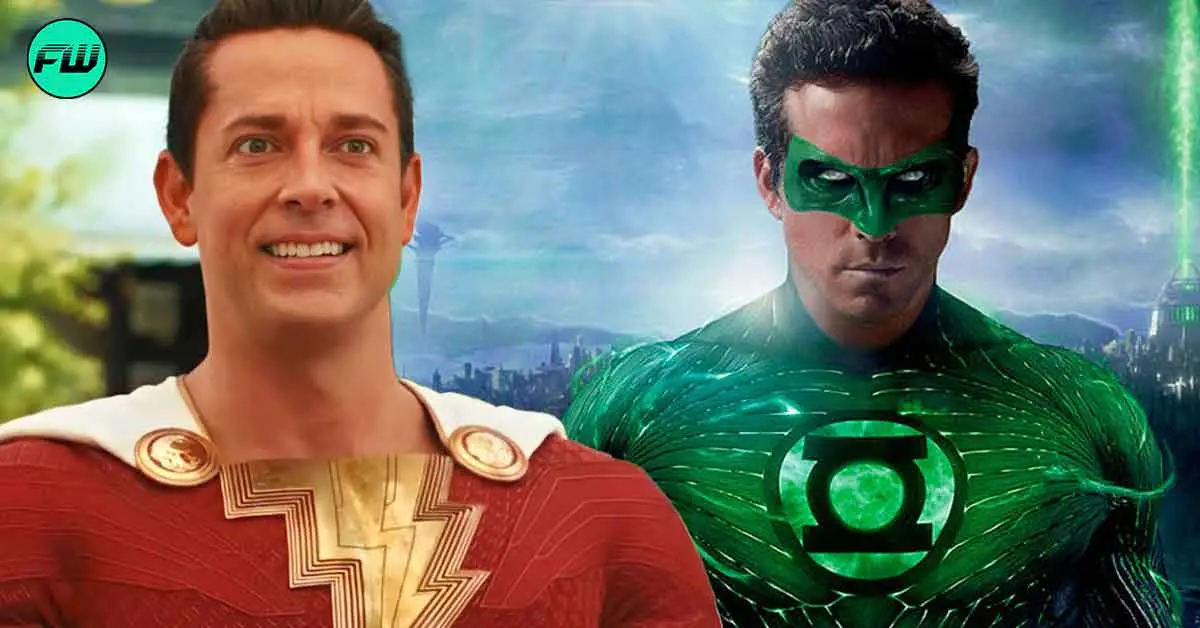Through twenty years of cinema, Spider-Man’s iconic red and blue suit has seen many variations. Each one is unique in its own way. What are they?
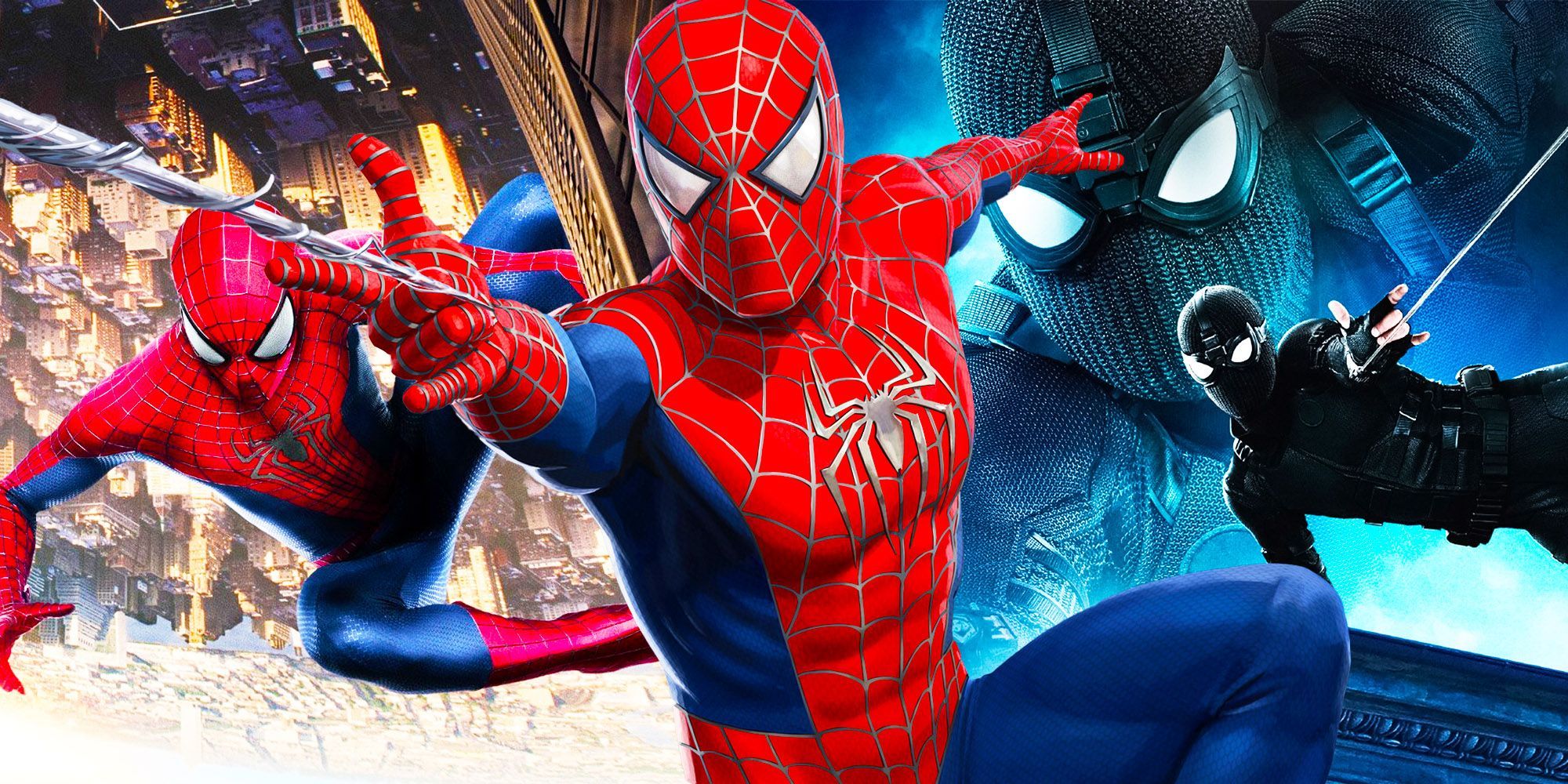
Between various on-screen adaptations, the iconic red and blue suit that Spider-Man wears has seen many different versions in Marvel movies. The famous web-slinging hero first appeared in Sam Raimi’s live-action movie trilogy, which featured actor Tobey Maguire as the man behind the mask. Andrew Garfield would go on to replace him as the star of the show in The Amazing Spider-Man series, but this iteration was sadly cut after just two films. Most recently, though, Tom Holland played Spider-Man, whose role became much more significant in the Marvel Cinematic Universe.
SCREENRANT VIDEO OF THE DAYClose
Like any other Marvel hero, Spider-Man had his fair share of villains, including Doctor Octopus, Green Goblin, Venom, Sandman, and more. Each of his opponents was designed with different abilities, making some more dangerous and challenging to take on than others. But with that, Peter Parker also needed to be protected during a fight while keeping his identity a secret. In twenty years of cinema, he’s worn a handful of different suits, all of which provide him with the necessary tools to save the day. So what makes each suit different?
RELATED:Every Spider-Man Movie Suit, Ranked (Including No Way Home)
Spider-Man — Wrestling Suit
While talking with his longtime crush Mary Jane one night, Tobey Maguire’s Peter Parker later saw her leave in a friend’s fancy new car. Parker, who was quite jealous, found a newspaper ad the next day and decided to compete in an amateur wrestling competition. He hoped he’d win enough money to buy a car so that he could impress Mary Jane Watson. After crafting several designs for the suit, Peter settled on a very thrown-together look: a long-sleeved red shirt with the Spidey symbol, blue sweatpants, a mask, and gloves. While not very protective, the suit fit Peter’s early days as a superhero and helped him hide his identity.
Spider-Man & Spider-Man 2 — Original Tobey Maguire Suit
After his Uncle Ben’s death, the famous words, “with great power comes great responsibility,” floated into Peter’s mind. Wanting to use his newfound powers for good, he replaced his wrestling costume and took those important words from his uncle into the next iteration of his superhero look. Parker’s ultimate goal was to help rid New York City of crime and become a symbol of hope that people could look up to. Spider-Man’s iconic suit appeared in both Spider-Man and Spider-Man 2. For the sequel, however, director Sam Raimi made subtle changes to the costume, such as making the reds and blues appear more vibrant.
Spider-Man 3 — Black Symbiote Suit
In Sam Raimi’s Spider-Man 3, Peter learns of his uncle’s true killer. Frustrated, Parker slowly turned into the opposite of Spider-Man; he became overconfident, desperate for revenge, and increasingly violent. During a painful nightmare, a piece of dark symbiote goo attached itself to Spidey’s original suit and transformed it into one with an all-black appearance. His new suit provided him with improved strength and durability, which enabled him to overpower Sandman, a.k.a. Flint Marko, quickly. After noticing the suit was causing his mental state to deteriorate, Parker managed to get rid of it, only to fall into the hands of his rival at the Daily Bugle, Eddie Brock, who later became Venom.
The Amazing Spider-Man 1 & 2 — Original Andrew Garfield Suit
Now with actor Andrew Garfield playing Peter Parker in this adaptation of Spider-Man, Sony attempted to reboot the franchise entirely. Their main goal was to make Spider-Man appear different from the previous films, which was evident in the suit’s design. The new look brought a fresh feel to both movies, with one of the main differences being the tinted yellow eyes. Also, the black interwoven striations on Parker’s suit were less prominent this time. For The Amazing Spider-Man 2, Andrew Garfield’s Peter Parker wore a suit that resembled a more classic look that was much closer to the one seen in Sam Raimi’s Spider-Man trilogy.
RELATED:Why Spider-Man’s Mask Is So Important Explained By Former Spidey Actor
Spider-Man: Homecoming — Peter Parker’s Homemade Suit
First seen in Spider-Man: Homecoming, Tom Holland’s Peter donned a very original suit with the appearance of Parker using whatever resources he had available. This version showcased Peter’s goofy, awkward, and lovable personality more than his powers. While not as technologically advanced as other suits he’d go on to wear, this one did come with a few neat perks, such as the black goggles. These enabled him to see more clearly while traveling through the air at high speeds, most notably during his encounter with the Vulture. There were also the added wrist-worn web shooters that Parker used to help him fight off bad guys and also protect himself.
Captain America: Civil War & Spider-Man: Homecoming — Tony Stark Suit
In Captain America: Civil War, Tony Stark gave Peter his first real Spider-Man suit with a built-in AI system. This suit could summon a drone—formed from the spider symbol on his chest—which could attack and stun nearby enemies. Also, a special triangular webbing attached to his torso enabled Peter to glide through the air as if wing suiting. In addition, Stark gave the suit GPS tracking, which Peter could use to project a holographic map of his surroundings from his wrists. Even his web shooter settings were enhanced, allowing Peter to choose how he wanted to use them, such as the “web-snare” move, which trapped enemy targets.
Avengers: Infinity War & Endgame — Iron Spider Suit
Having saved a plane full of Stark technology, Peter was rewarded with a much-upgraded “Iron Spider” suit from his mentor Tony Stark. Aside from the suit having a coat of protective armor that could repair itself, the most noticeable change was the spider-like mechanical appendages that protruded from Peter’s back. These gave the teenager increased durability, speed, and the ability to defend quicker. Another perk of the suit was that it offered Peter protection from the elements, such as a lack of oxygen when the web-slinger needed to travel in outer space. A deadly “instant-kill” mode gave Parker a significant advantage in battle, allowing his back appendages to act independently and eliminate multiple hostiles simultaneously.
Into The Spider-Verse — Miles Morales’ 1st Suit
In Sony Pictures Spider-Man: Into the Spider-Verse, the studio took a different approach with the Spider-Man character, turning the story into an animated adventure. Miles Morales received his first superhero suit after purchasing it from a local store, and it closely resembled Peter’s wrestling costume from Sam Raimi’s first Spider-Man film. It’s very cheap and made of thin material featuring a cut-out shape for the eyes, which gives it a bland look. However, it works perfectly as Miles is just beginning his journey as the iconic web-slinger. Aside from hiding his identity, there weren’t any perks that necessarily made this first attempt at a good suit all that special.
RELATED:TASM’s Spider-Man Origin Ignores What Makes Peter Parker Special
Into The Spider-Verse — Miles Morales’ 2nd Suit
This version of Miles Morales’ suit provided more depth to the character, being a definitive improvement over his first one. Instead of using Spider-Man’s traditional red and blue colors, Morales gave the suit a red and black design, changing the public’s perception of the web-slinger. Additionally, the Spidey logo on his chest has less of a standard look as it resembles graffiti, which was one of Miles Morales’ interests throughout the story in the film. As far as perks go, this suit allowed Miles to listen to crime reports, and the eye lenses enabled him to analyze the environment, spot enemies through walls, and also tag them with a marker, so he never lost sight of them.
Into The Spider-Verse — Peter Parker’s Suit
This version of Peter Parker’s suit featured a traditional look for audiences to enjoy. Both Peter Parker and Peter B. Parker wore the suit in Spider-Man: Into the Spider-Verse, and while there aren’t necessarily any changes to the design, there are some positives. For example, because the film was animated, unlike the others, Parker’s dramatic facial expressions could be expressed more vividly, along with the wavy lines that show off his Spidey sense tingling.
Spider-Man: Far From Home — “Night Monkey” Stealth Suit
During a trip to Europe, Peter worked with Director Nick Fury to contain the threat of the Elementals. However, Parker didn’t want Spider-Man to operate overseas as his schoolmates were with him on the trip and feared his identity would be exposed. In response, S.H.I.E.L.D. developed a black stealth suit for Peter, and his best pal, Ned, gave him the nickname “Night Monkey” to help deter people from thinking it was Spider-Man. The costume is mostly simplistic, given the all-black coloring and lack of exciting technological features his previous suits had. Although it didn’t provide Tom Holland’s Peter with any added benefits, “Night Monkey” has become quite popular since appearing in Spider-Man: Far From Home.
Spider-Man: Far From Home — Upgraded Suit
Quentin Beck, a.k.a. Mysterio, left Peter Parker for dead during a rough encounter in the last act of Spider-Man: Far From Home. After being rescued by Happy Hogan, Peter needed a new suit to use against Beck if he wanted to stand a chance against the illusionist. Using a Stark Industries Fabricator aboard the Stark jet, Parker found detailed schematics of all his previous Spider-Man suits and, in turn, designed a newer version of the suit Tony made for him. Unfortunately, while this red-and-black Spider-Man looked quite sleek, it didn’t come with a built-in AI system or web shooter combinations, rendering it much more minimalistic than any of the previous versions.
RELATED:The First Spider-Man Script Would Have Killed The Franchise
Spider-Man: No Way Home — Inside-Out Suit
In the extended version of Spider-Man: No Way Home, Peter’s upgraded suit was stained with a can of green paint after one of Mysterio’s supporters splashed him with it. Parker tried over and over to remove the paint but was unsuccessful. He discovered another trick to get around this problem, though—simply flipping the suit inside-out before his encounter with Electro and Sandman from the multiverse. This “inside-out” rendition of the suit looked like a new design for Tom Holland’s character based on the trailers for Spider-Man: No Way Home, but it didn’t present anything new besides its distinct black and gold appearance.
Spider-Man: No Way Home — Integrated Suit
Perhaps the most visually stunning suit that Tom Holland’s Peter had worn came at the end of Spider-Man: No Way Home. Peter used Stark Industries technology to cure Dr. Octavius and remove the nanotechnology that controlled his mechanical tentacles. He received the nanotechnology back and, in turn, fused it with his upgraded Spider-Man suit, causing it to form a large golden spider logo on the torso. Although this was the only difference in terms of design compared to his previous Spider-Man suits in No Way Home, it proved to be a significant component of Spider-Man‘s character development in the film.




